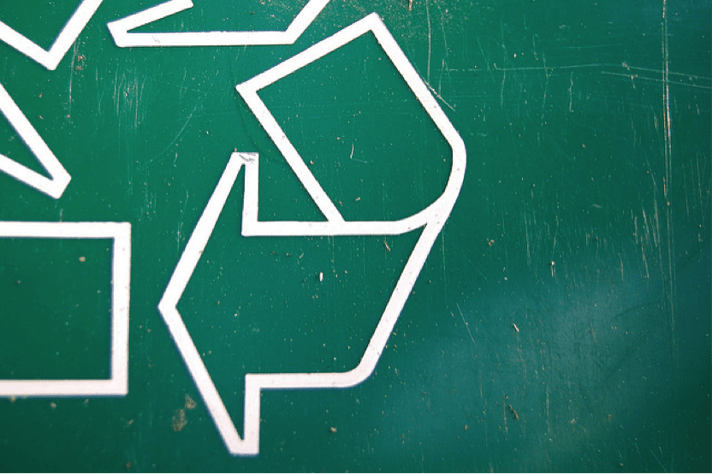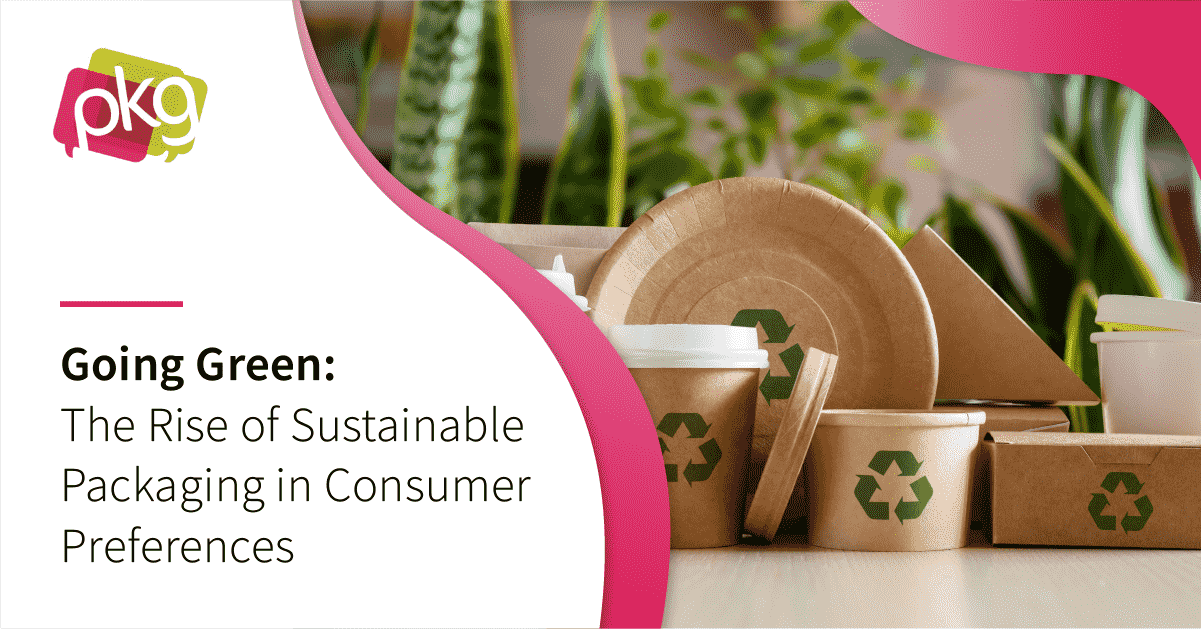 image credit: james wang via flickr cc
image credit: james wang via flickr cc
It’s no secret in the CPG realm that packaging waste is a major concern. As brands strive to find the balance between corporate social responsibility and cost savings, choosing between non-recyclable, recyclable, and biodegradable packaging is likely to be an ongoing conversation. Sustainability author Tom Szaky highlights the increasing popularity of biodegradable options, which are typically created from “renewable raw materials,” and have the capacity to decompose into carbon dioxide, water, or other non-harmful substances.
Pangea Organics is a manufacturer of organic skincare products in Boulder, Colorado, who was an early adopter of biodegradable packaging. Inc writes the brand’s cartons are created from a mixture of recycled newspaper and seeds, designed to be dropped on the ground to germinate. Within a year of introducing their innovative packaging, Pangea’s sales “nearly quadrupled.”
Pangea was a pioneer in innovative and environmentally-friendly packaging, but they’re not the last. Organizations in all industries are continually evaluating ways to reduce their product’s footprint through packaging design that’s both visually appealing and earth-friendly. Join us as we review some factors that can help shape your decision to potentially adopt biodegradable (or recyclable) packaging materials.
-
Can You Quantify the Impact?
As you begin to research factors surrounding biodegradable packaging, you’re likely to discover that things aren’t especially simple. There’s little sense that all traditional packaging materials are bad, and all biodegradable packaging is automatically better. In some cases, disposal of biodegradable packaging in landfill environments could have a net harmful impact on the environment by increasing harmful greenhouse gas emissions.
While experts estimate that bioplastics have carbon savings of “30-80%” over oil-based plastics, these savings can vary significantly according to the type of bioplastic used, your supplier’s manufacturing methods, and local disposal methods. Victor Bell, president of Environmental Packaging International, states that many bioplastic materials are so new, there simply “isn’t good data” available.
While your organization may not need or want to precisely quantify the impact of a switch to bioplastics, you will want to ensure that the impact is positive. Carefully screening potential suppliers or hiring consultancies are two methods of ensuring you’re able to reduce your environmental footprint, while avoiding materials that can wreak havoc in local landfills.
-
Are There Reliable Suppliers?
Even well-regarded suppliers can run into issues with reliable production of new configurations of bioplastic CPG packaging. Certain materials can prove challenging to work with, resulting in packaging that doesn’t resemble your prototypes or vision for your rebranding efforts.
If you are beginning to explore packaging prototypes, it’s likely wise to pad your rebranding timeline slightly, to allow for potential snags with suppliers or production. If your initial concepts provide unfeasible, you don’t want to fall behind product launch deadlines.
-
Do Your Customers Want Biodegradable Packaging?
Environmental Leader has predicted significant compounded annual growth in the biodegradable packaging market, due to a surge in consumer interest. However, CPG brands must balance their consumer’s interest in biodegradable packaging with potential impact on profitability, pricing, and other factors.
For brands who anticipate legislative changes, a proactive switch to biodegradables could be a given. However, a potentially costly switch to biodegradables should be balanced with quantitative, data-driven research into your consumer’s preferences and priorities.
-
Is Proper Disposal Easy?
The U.S. Federal Trade Commission (FTC) is engaged in ongoing efforts to monitor what they believe are “unsubstantiated” claims of biodegradable materials. While industry regulation is quickly increasing, there have been instances of bioplastics which do not fully degrade within a year’s time. Recent enforcements require manufacturers to provide data on how bioplastics degrade over a reasonable period of time, including in a landfill environment.
Prospective customers of bioplastic packaging should ensure their vendors have taken sufficient steps to comply with FTC requirements, and are willing to provide data to substantiate the environmental-friendliness of these products. If “green” packaging requires composting or other specific disposal methods, your customers may not adhere to recommended disposal methods.
-
Will You Sacrifice Other Important Qualities?
Biodegradable packaging could require your organization to sacrifice certain aspects of your CPG design. Depending on the type of packaging you select, it could significantly change the look or feel of your product. For CPG companies with a environmentally-conscious consumer base, a drastically different product look may not be a negative thing. For other brands, it could lead to a drop in product recognition potential.
Brands must balance the benefits of biodegradable packaging against consumer priorities, convenience and impacts on profit. Perhaps most importantly, you should opt for eco-friendly packaging that aligns with your brand’s values and identity. While it’s certainly possible and noble to move towards packaging that reduces your environmental footprint, it’s critical to consider surrounding factors before making the switch.


-min-2.png)




